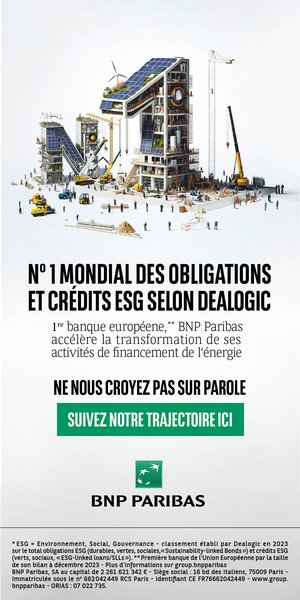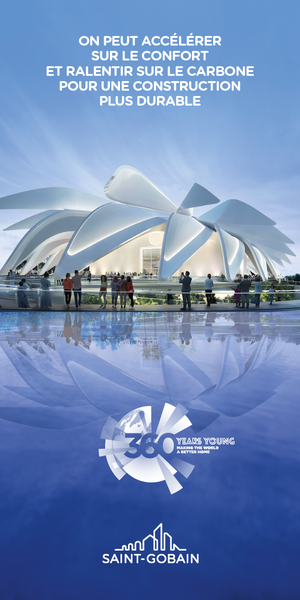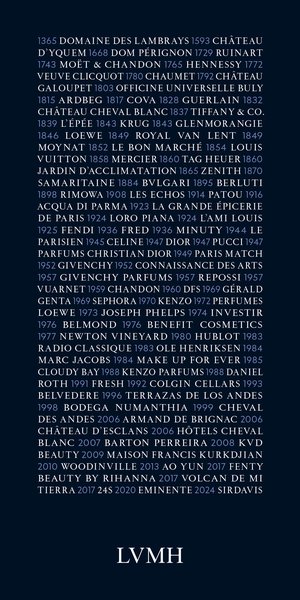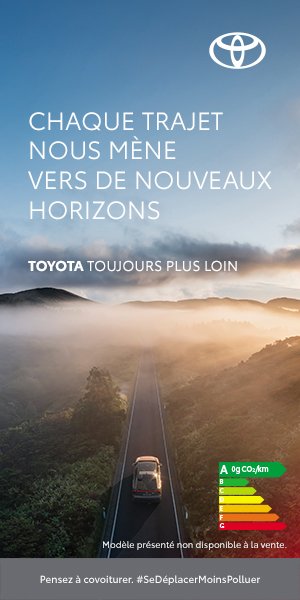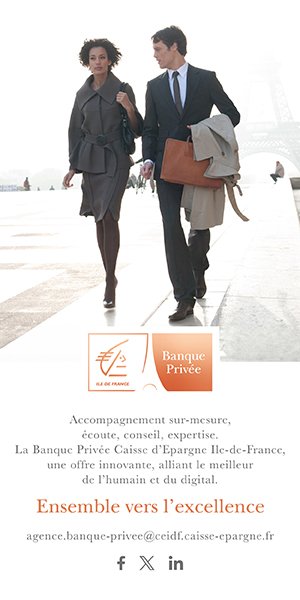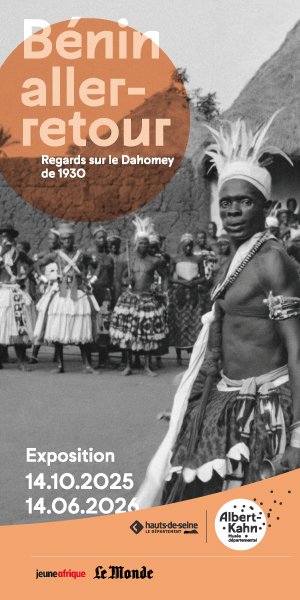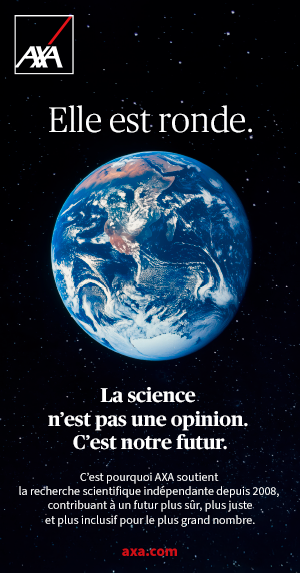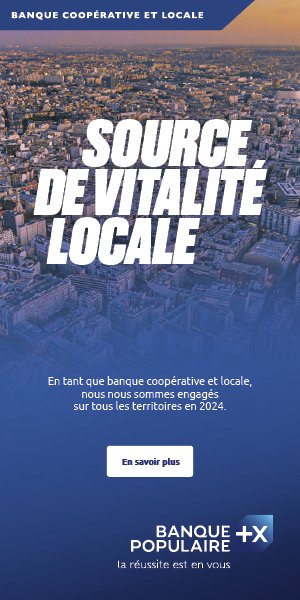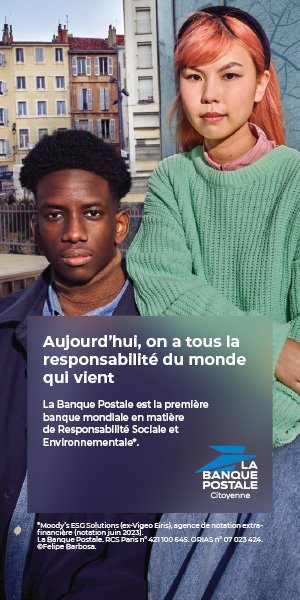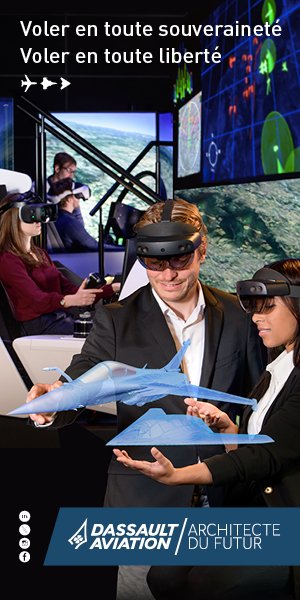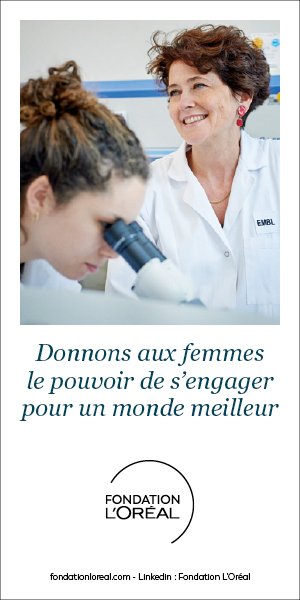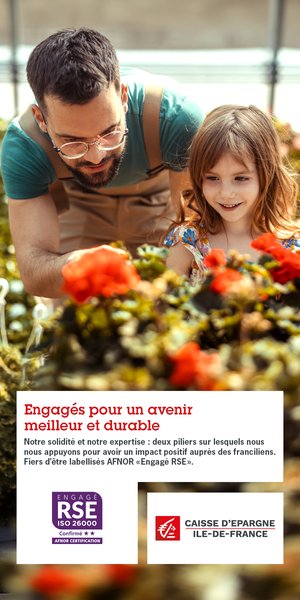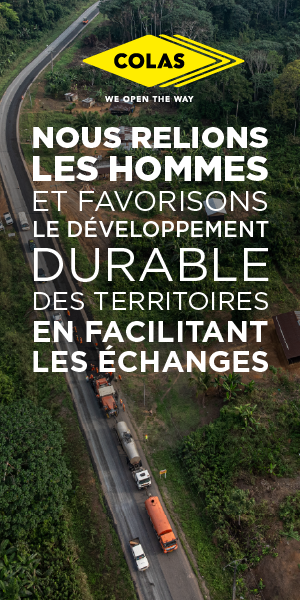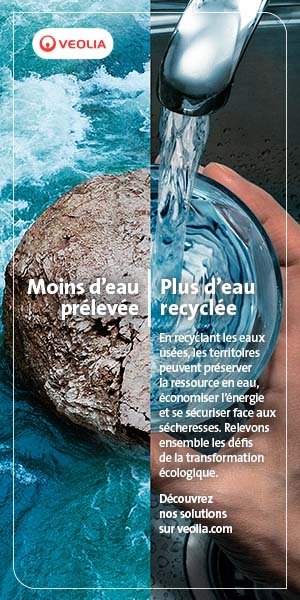Politique Internationale — The Covid 19 health crisis began precisely five years ago. Does that seem a long time ago to you, or is it still quite recent?
Arnaud Fontanet — If we listen to the French, we find that they have a great capacity for forgetting! January 2020 saw the start of one of the most serious health crises the world has ever seen, a unique pandemic, and yet hardly anyone talks about it any more. Personally, I can forget it all the less since I continue to work on this episode. Because there are always things we need to understand better, and the most important thing is to learn from the near past, to gather as much information as possible so that we can prepare ourselves, if necessary, to face a new crisis.
P. I. — Specifically, if another crisis were to break out today, would we be in a better position to resist?
A. F. — Without question, yes. For the simple reason that, during the pandemic, we were able to develop and test new tools. In particular, we made considerable progress in the field of vaccines. Certainly, there were teams that had been working on messenger RNA vaccines for fifteen years, but it took just one week to adapt them to SARS- CoV-2 once the virus sequence had been published, and two months to test their efficacy and tolerance in humans. Progress has also been made in the field of diagnostic tests. Remember that in 2022, when the Omicron variant began to circulate, one million tests were being carried out every day in France, half of them self-tests. Finally, with Paxlovid, we now have a real treatment for Covid, aimed at the elderly population, people with co-morbidities or those with severe immunodeficiency. In addition to these tools, extensive studies have been carried out into the impact of behavioural changes.
P. I. — What behaviours were weighed up?
A. F. — The scale of the crisis has enabled us to carry out an unprecedented analysis of the effects of social distancing, given its depth. We can now say that containment reduced the circulation of SARS-CoV-2 by 70%. For curfews, it was 20% to 35%, depending on the time of day. Other measures, such as closing public places and teleworking, represent around 20%. All these duly quantified findings are invaluable.
P. I. — So we’re better prepared in the event of another pandemic, but are some people better armed than others?
A. F. — Another major lesson is that the earlier the risk is managed – the earlier the response is orchestrated – the more effective we will be. During Covid, the Scandinavian countries proved the virtues of this strategy of anticipation, which not only saves lives but also preserves the economy. Denmark is a case in point: on 11 March 2020, while the hospitals were still empty, the Prime Minister went on television to announce the systematisation – as far as possible – of teleworking, and the closure of bars, restaurants and schools. However, people could leave their homes as long as they stayed outside. The government was able to lift these measures in mid-April – a month before France – and, in the end, Denmark was the country with the best results in human terms in Western Europe, and one of the best economic records. Obviously, the success of this scenario would not have been possible without the public’s confidence in the institutions and a genuine public health culture, which is very much in evidence in Scandinavian countries.
P. I. — Generally speaking, has a health prevention policy been put in place?
A. F. — We can talk about a new awareness. The pandemic has been so devastating that what were previously hypothetical scenarios have now become reality. The mobilisation was impressive, with measures such as containment that had never been used in the history of humanity. The fact that the possibility of a pandemic is now ingrained in people’s minds, along with the need to think ahead, are powerful motivators for remaining in a permanent state of alert. No one is unaware that 7 billion people are likely to be brutally impacted by a pandemic, and that these 7 billion people need to be protected. Does this mean that vigilance is at an all-time high and that there is a concern to avert the slightest risk in order to prevent a large-scale disaster? The answer is no. One example among many: an outbreak of H5N1 avian influenza was detected six months ago in the United States among dairy cows, demonstrating that this avian virus has spread to mammals living in contact with humans. Although the situation is alarming – twenty human cases have already been reported – it is not yet generating the response that would be needed to control it. And to return to Covid, the markets for wild animals in Asia, which precipitated its rise, are still far from being regulated.
P. I. — As a scientist, were you surprised by the emergence of Covid, in the sense that a health crisis on this scale was beyond comprehension?
A. F. — At the beginning of 2019, as part of my second lecture on pandemics at the Collège de France, I used five criteria (population at risk, transmissibility, lethality, interval between ‘generations’ of patients and period of contagiousness) to draw up a profile of the virus which, in my view, represented the greatest threat to humanity. And SARS-CoV-2 ticked all these criteria, which are also shared by influenza pandemic viruses. The criterion on the period of contagiousness emphasised the deleterious nature of transmission before the onset of symptoms, which considerably reduces the effectiveness of isolation and quarantine measures.
P. I. — It would be an understatement to say that health risks have become an issue in political debate, not to mention in the media. In the light of Covid, would you say that the scientific community is generally united in the face of all kinds of outbursts?
A. F. — Covid has given rise to a flood of unsubstantiated assertions, fake news and, of course, conspiracy theories. It’s worrying, no doubt, but recent studies have shown that the vast majority of people keep a critical eye on this fake news, unless they are already fans of these theories. So we’re not talking about a population that has suddenly lost its bearings as a result of the latest health scares. A large proportion of the public is keen to obtain information from serious sources, by which I mean reliable and responsible actors and media. On the other hand, if fake news is picked up by certain political currents, its impact can be much greater. During this crisis, science has been at the forefront, with the development of a vaccine in less than a year, unprecedented for a new disease. With time, I think – I hope! – that society will become increasingly aware of this.As far as the scientific community was concerned, and on a global scale at that, there was a real consensus on most subjects, with the only discrepancy being the belated recognition of the key role played by aerosols in transmission. Personally, thanks to Twitter, I consulted around fifty scientists – the top five in ten major disciplines – and spent three hours a day – an hour and a half in the morning, an hour and a half in the evening – reading the analyses of the most recognised experts. This sharing of information in real time, which is not an exception, continues in the broadest sense: the scientific community is keen for its members to pool their skills, even if it means confronting each other, in order to make progress on issues.
P. I. — Alongside health risks, there is another threat that is the focus of much debate: climate risk. To what extent are the two issues linked?
A. F. — More than just climate change, it’s the whole range of environmental changes that need to be taken into account. As proof of their worrying nature, these changes in their entirety are one of the four scientific areas on which the Institut Pasteur is basing its development strategy for the next six years. The impact of climate change on diseases is significant. For example, the spread of the tiger mosquito in mainland France is directly linked to global warming. So is the current dengue epidemic in Brazil. We must never lose sight of the fact that most viruses contracted by humans are transmitted by animals. Yet many human activities are disrupting ecosystems and the biodiversity that surrounds them. For example, deforestation drives certain animal species out of areas where they were previously isolated, bringing them into contact with humans.
P. I. — The increase in health risks necessarily raises the question of investment in research. Where do we stand in this area? Are budgetary efforts sufficient?
A. F. — Some figures are more eloquent than long speeches. The International Monetary Fund (IMF) has estimated the impact of Covid on the global economy at some 12,500 billion dollars. There are other, higher figures in circulation, but this one comes from a major organisation. In France, the public authorities have put the figure at €424 billion. That shows how disastrous a pandemic can be for the economy. On the other hand, investment in research is falling and, in France, basic research accounts for no more than 0.3% of GDP, compared with 1% in Germany and 0.6% in the eurozone. In short, we can see the extent to which this sector deserves to be better supported, and how necessary these efforts are if we are to protect ourselves effectively in the event of a health crisis. This is a point that needs to be made regularly, and no doubt even more so today, at a time when budget cuts seem to be on the horizon for the foreseeable future. In our field, the sustainability of an investment policy is all the more important because we are looking at the long term: before a piece of research can be carried out on a large scale, it has to go through several successive phases.
P. I. — The Institut Pasteur is a universally recognised institution. However, it is still worth recalling the range of its missions and/or activities...
A. F. — The Institut Pasteur has been in existence for over 135 years and its activities are centred on four missions: research, particularly into the ‘mechanisms of life’, public health, teaching and the application of research. Our originality lies in the fact that we are a private foundation recognised as being in the public interest, and known the world over. The internationalisation of our teams is proof of this. In the Emerging Diseases Epidemiology Unit that I head, the three lead researchers are of German, Japanese and Romanian nationality respectively. In all, some 86 nationalities live side by side on our campus for 3,000 colleagues. The community spirit is very strong, driven by a number of shared values, such as the desire to advance medical research for the benefit of as many people as possible. The annual budget is around €370 million, 30% of which is funded by donations, legacies and sponsorship. Our status as a private foundation gives us greater freedom and independence in our research activities, but this presupposes that we retain the trust of our donors. In fact, we have just launched our 18e ‘Pasteurdon’ in October, our national appeal to the generosity of the public.
P. I. — On a personal level, how did you become a ‘Pasteurian’, to use the terminology in use in this establishment?
A. F. — I started out in clinical medicine, rheumatology as it happens. At the same time, I had long had an international inclination. This led me to work for two years in Thailand for an NGO, Médecins Sans Frontières (MSF). As a result, I gradually began to focus on infectious diseases and public health issues. It’s not that I didn’t like the clinic, but I was more attracted to more global issues, particularly in those areas referred to today as the ‘Global South’. As part of this change of direction, I completed my training with a doctorate in epidemiology in the United States, followed by new experiences abroad in Switzerland, Ethiopia and the Netherlands. In 2001, I joined the Institut Pasteur, where everything I had done before resonated with my current work.


